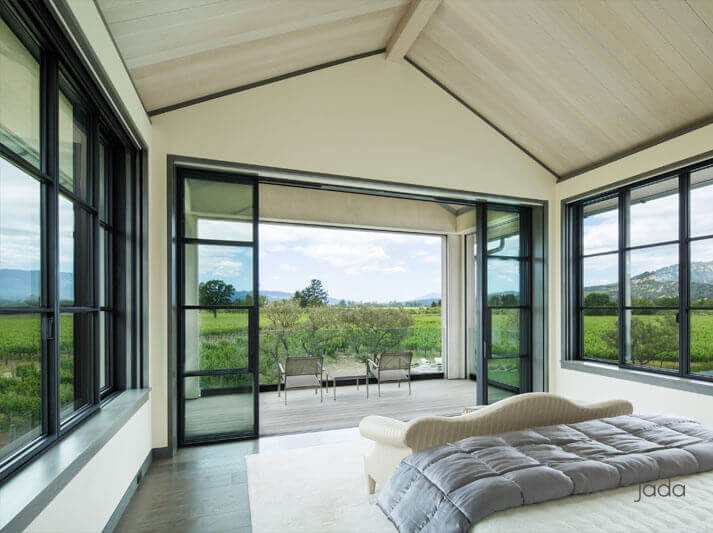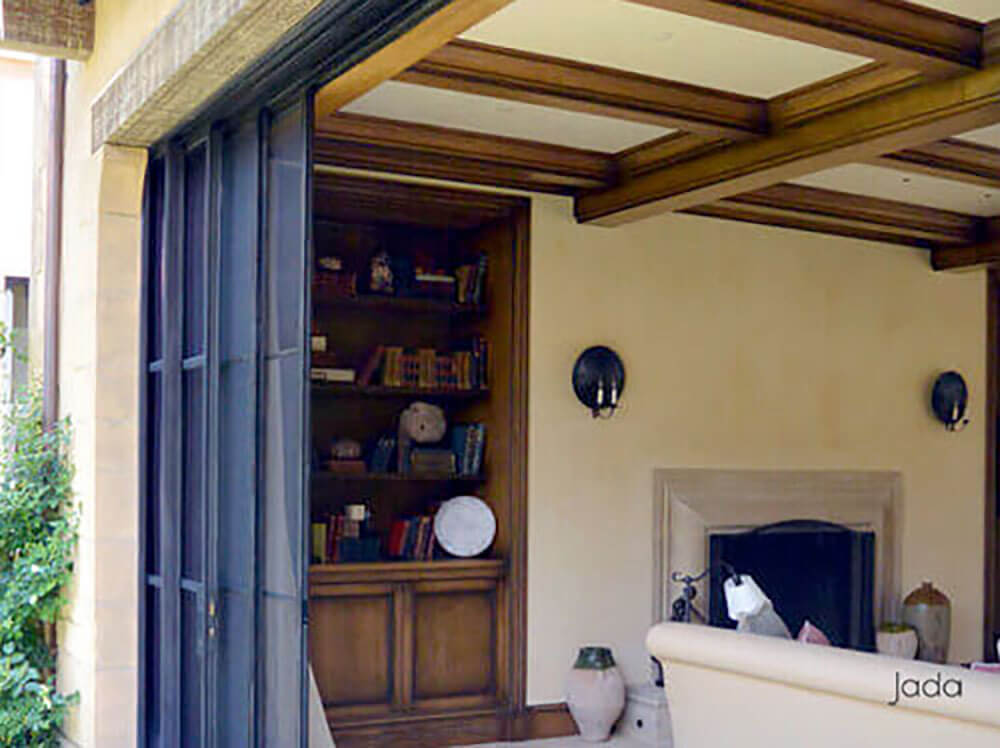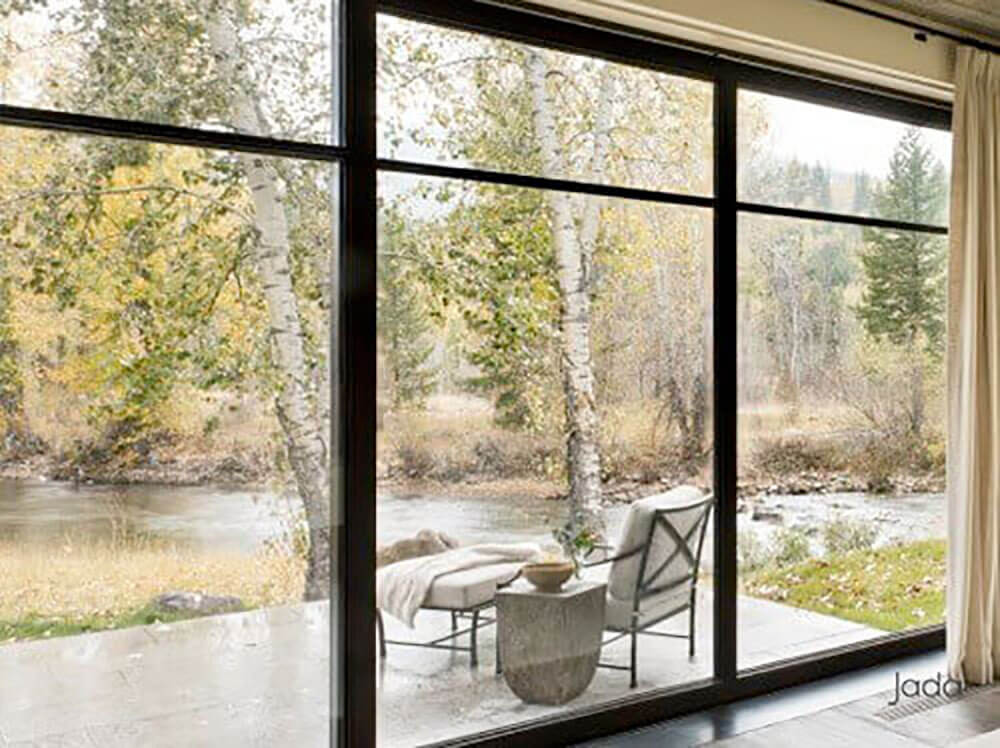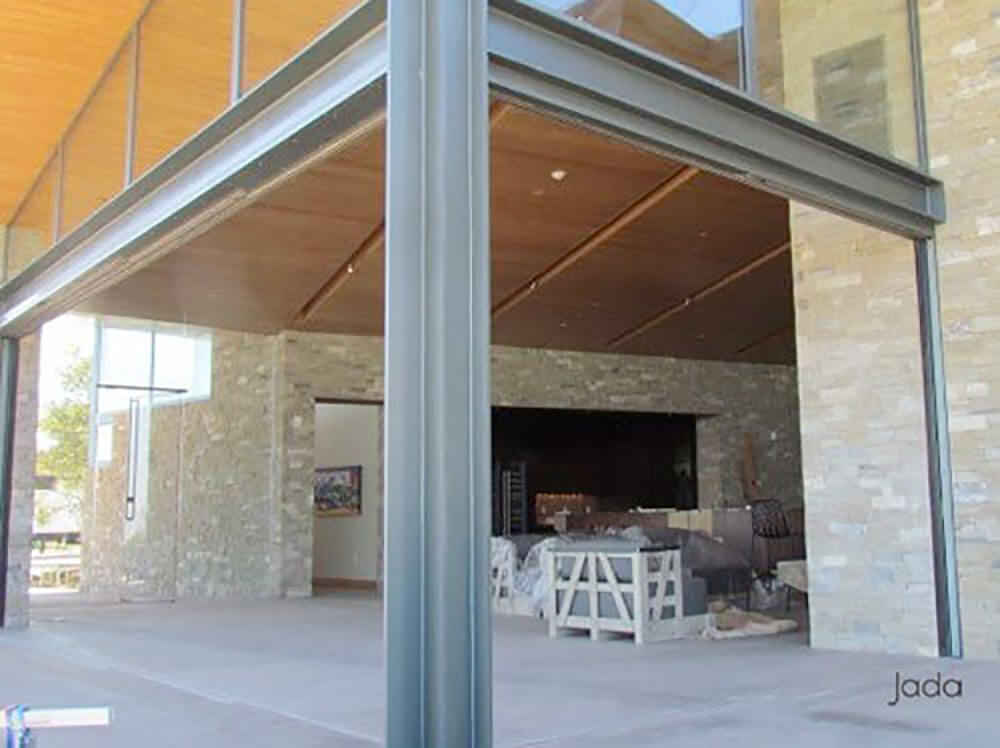Creating a strong connection between indoor and outdoor spaces is a modern design aesthetic that may never go out of style. Today’s most stunning architectural designs often include walls of windows or doors that open wide to create a seamless experience between living spaces indoor and out.
Bringing the outdoors in can be one of the most impactful design decisions for a home. It can make a home feel larger and more expansive, flood it with natural light, and allow for full, open views.
How do you establish a connection between inside and out without sacrificing function, style, or thermal performance?
Steel Sliding Doors: a Modern Solution for Seamless Transitions
Modern steel sliders are providing architects, designers, and builders with a single solution that addresses multiple challenges that arise when you want a seamless transition between the inside and outside.
Steel offers doors a distinct strength advantage. Steel frames can carry much heavier loads compared to wooden frames. That makes steel the perfect choice for large spans of glass. Steel also yields narrow sitelines, reducing the amount of visible frame and view obstructions. If you want true walls of glass that open to the outside, steel is an ideal solution.
Sliding steel doors bring a space-saving advantage, as well. With a sliding steel door, you can achieve larger door spans without taking up valuable real estate. Inswing or outswing doors, like traditional French patio doors, require a minimum amount of clearance to “swing” in or out of the room. That can limit the placement of furniture, rugs, and other interior elements around that door opening. Sliding doors remove this barrier by requiring no floor clearance. Choosing a sliding door over a swing door immediately adds to the usable square footage of a home or building.
Steel sliding doors offer architects and designers a number of different configurations to meet any design aesthetic and functionality. At Jada Windows, we offer four different steel sliding configurations:
Bottom Roll Sliders

Steel bottom roll sliding doors ride on a floor track and incorporate brush weatherstrip. These doors take the weight onto rollers in the bottom of the sliding panels. Because there’s no step or metal sill, steel bottom roll sliding doors are a great choice for extending interior finishes under the door for a seamless transition from inside to out.
Top Hung Sliders

Steel top hung sliding doors have a trolley and track at the top of the door. Because the load is carried in the head, top hung sliders effortlessly glide across a minimalist guide track. The track for a top hung steel sliding door isn’t raised, allowing for a seamless transition between inside and out.
Lift Slide Slider

Steel lift slide sliding doors “lift and slide” to glide on bottom rollers when opened, and provide the highest weatherseal when lowered and locked. A compression weatherstrip on the bottom of each sash makes this the most air and watertight sliding door; ideal for high exposure applications.
Large Glass Slider

Extra large panels of glass bring extra consideration to steel sliding doors. Our large glass sliders have a more robust profile that creates a deeper pocket for the glass. A zero-transition floor track allows for both a continuous drain and a seamless transition from interior to exterior.
Traditionally, architects who wanted a steel door settled on a hinge operation. But today’s architects and designers can now achieve wide open walls with steel sliding doors. Steel is strong enough to hold the largest expanses of glass. Unlike wood, which requires larger frames to hold the load, steel can also provide narrow sitelines that open the space even further.
Today’s steel sliding doors also come with a wide variety of configurations and options. Flat transition sills, multiple stacking panels, pockets that hide away open doors, and even screens make these sliding solutions an ideal solution. When you want to capture the seamless transition between interior and exterior space, a steel sliding door system is a modern solution for today’s contemporary designs.